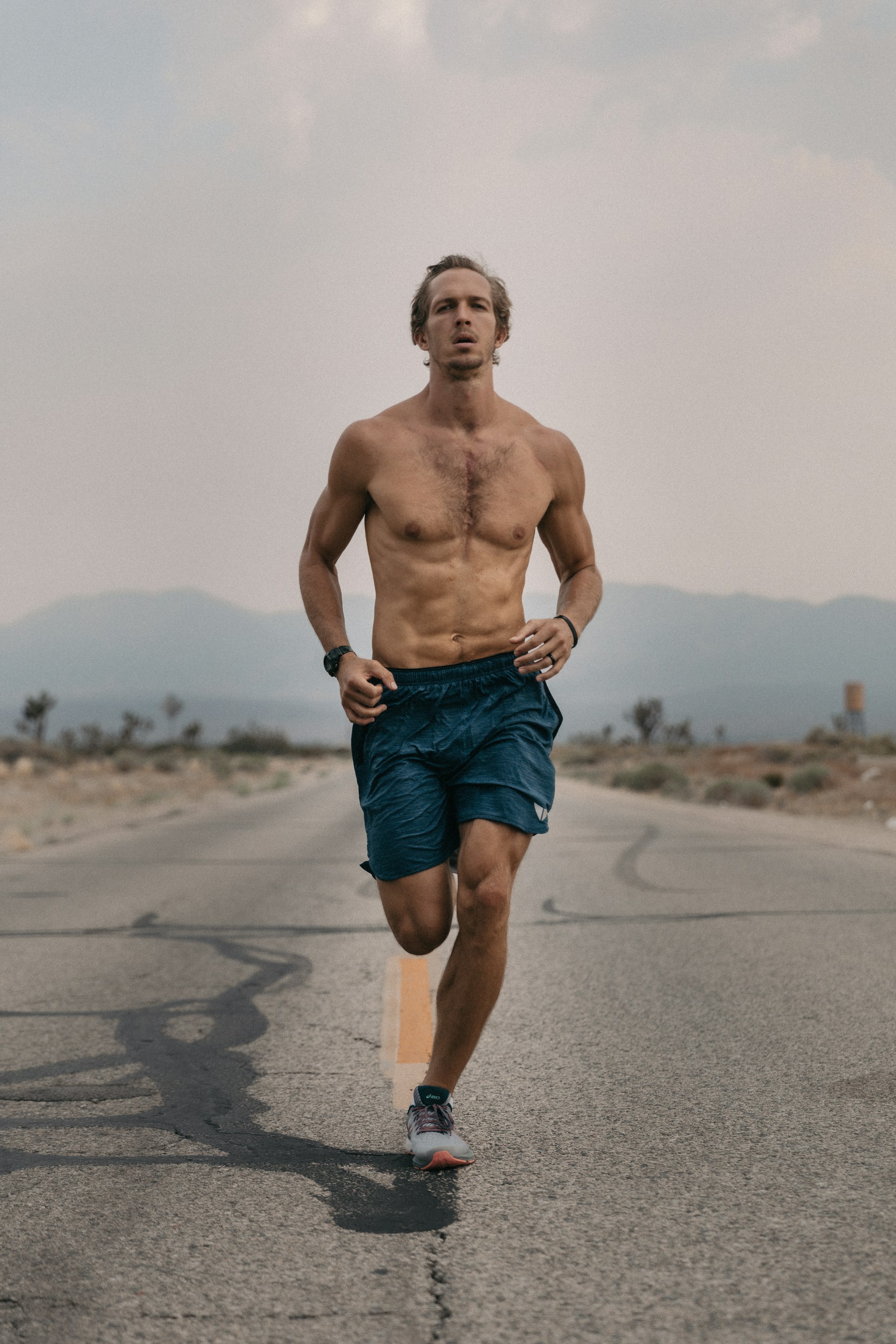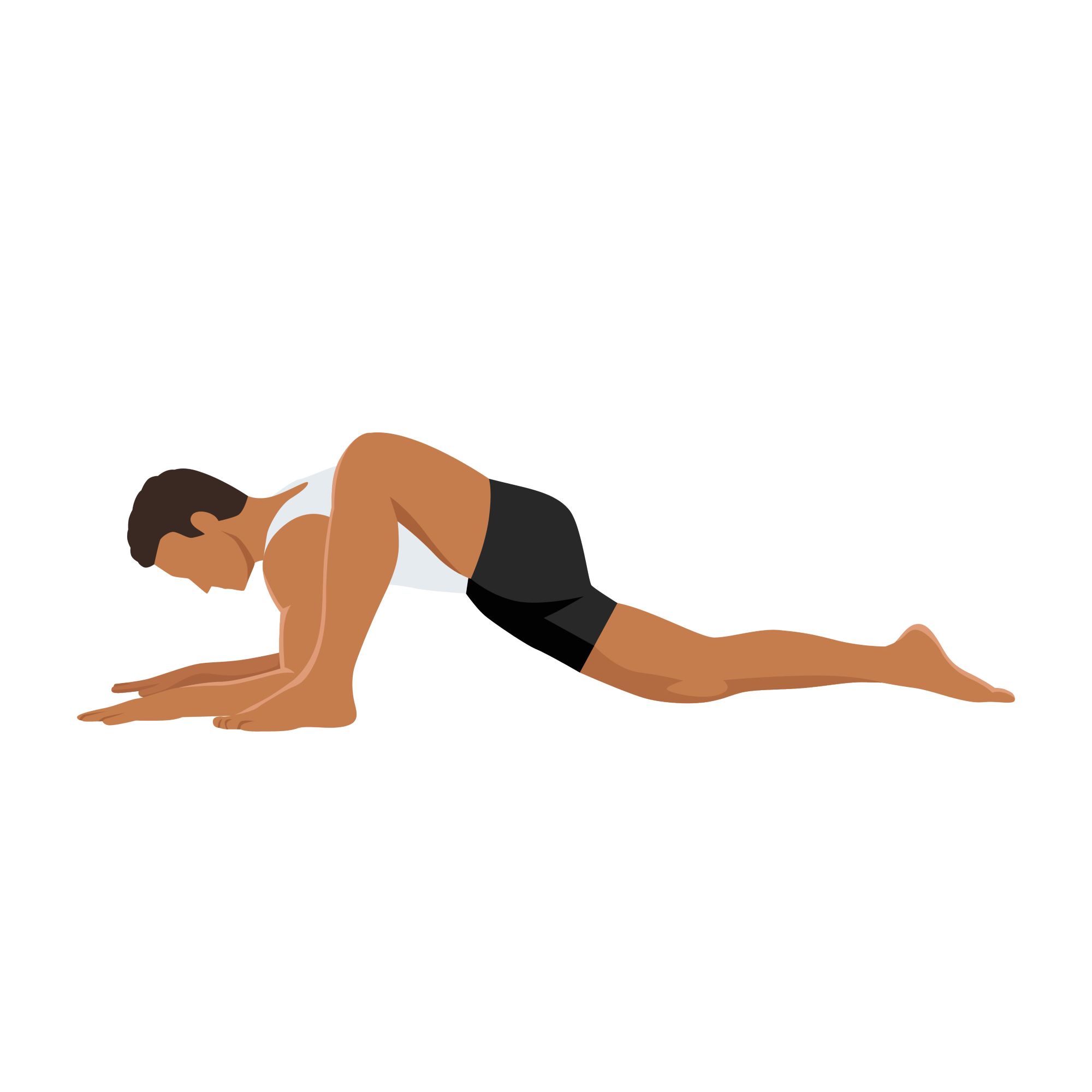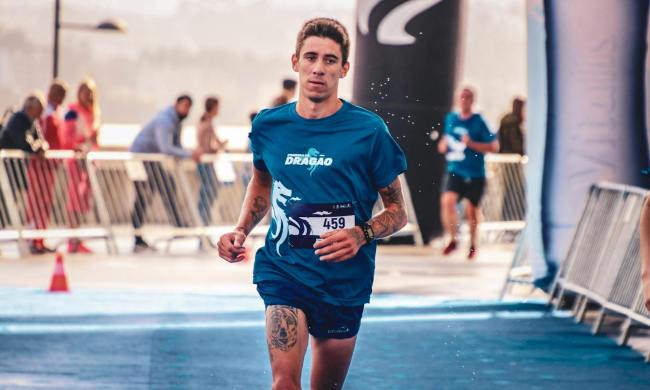
Feeling the breeze on your face as you run past the trees is exhilarating. If you’re a runner, you probably know and love this familiar feeling of getting your blood pumping and your muscles moving. Of course, runners love running, but it can be hard on the joints. Mix it up and try other forms of exercise, like yoga, to protect and strengthen your joints and muscles. This meditative movement practice has long been loved by athletes and runners alike. Here are six yoga poses to boost your mobility and future runs.

1. Lizard pose (utthan pristhasana)
Lizards are fast with flexible hips and can stretch their legs out to the side. While you probably won’t be running with your legs out to the side like a lizard, you’ll definitely feel the stretch in your hamstrings and hips with the lizard pose.
- Start in the lunge position.
- Place your hands on the floor on the inside of your front foot.
- You can modify this pose by dropping your back knee to the floor.
- Lower your body and rest your elbows on the floor to feel the stretch if you can.

2. Downward dog (adho mukha svanasana)
Downward dog is an excellent way to stretch tight hamstrings, which is common among runners. You also engage your arms and legs and feel the stretch in several areas of your body at the same time.
- Start on all fours in tabletop pose and make sure your wrists are in line with your shoulders.
- Tuck in your toes and push your hips up and back until your legs are straight.
- Your body should be in an upside-down V position.

3. Triangle pose (trikonasana)
Triangle pose is another excellent choice when you want to stretch your hamstrings.
- Stand with your feet about 4 feet apart and turn your right foot 90 degrees so your feet are perpendicular to each other.
- Stretch out your right arm and hold your right ankle.
- Raise your left arm straight up to the sky.
- Repeat on the other side.

4. Butterfly pose (badhakonasana)
The butterfly pose has a cool-sounding name and helps open up your inner thigh muscles, which are sometimes overlooked.
- Begin in a seated position.
- Bend your knees and place the soles of your feet together.
- Interlace your fingers or place your hands on your toes, ankles, or shins.
- Lengthen your spine and draw your shoulders down and back.
- You can press your knees further to the floor with your hands or elbows.

5. Cow face pose (gomukhasana)
This yoga pose works both your shoulders and hips simultaneously for a deep and rewarding stretch.
- Start in a seated position with your knees bent and your feet flat on the floor about hips-distance apart.
- Reach your left arm under and through your left leg so you can grab your right ankle with your left hand.
- Bring your right ankle toward your left hip and allow your knee to lower.
- You can also reach one arm over and your other arm under and clasp your hands together behind your back.
- You can modify this pose with resistance bands or yoga straps.

6. Seated forward bend (paschimottanasana)
A seated forward bend expands your back and leg muscles, which are important for running.
- Start in a seated position with your legs straight out in front of you.
- Hinge at your hips and lean into a forward bend.
- Walk your hands forward toward your feet as much as you can.

Add variety to your workout routine with yoga
Yoga adds variety to your workout routine. Runners are known for having tight hips, and these yoga poses help loosen and stretch the hips and strengthen your lower body and core, ready for running. Practicing yoga is also a beneficial way to boost your endurance as a runner because, with stronger muscles and more flexibility and agility, you can probably run longer distances and race in those marathons.



